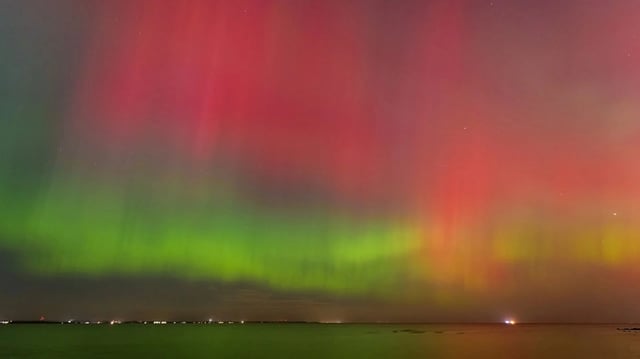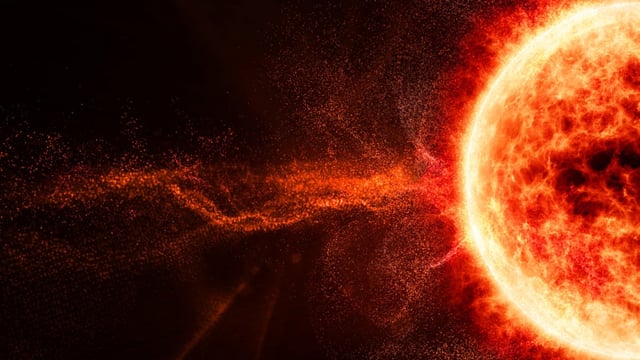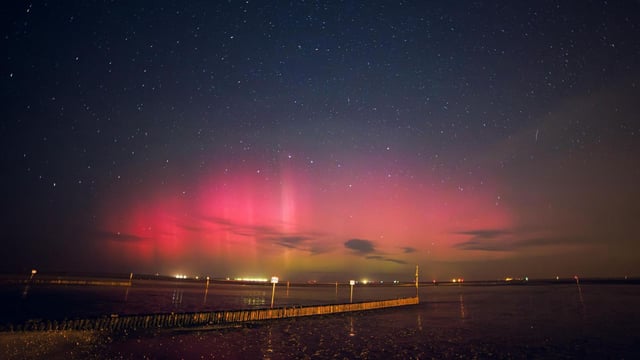Overview
- NASA and NOAA reported that a coronal mass ejection arrived on September 1, with model runs indicating the potential for a G3 geomagnetic storm lasting into September 2.
- A G3 disturbance can disrupt satellites, radio and navigation services, and induce damaging currents in power grids, according to space-weather experts.
- If conditions strengthen, auroras could be visible deep into Central Europe, with German dark-sky sites such as Helgoland, Pellworm, Spiekeroog, Westhavelland, the Rhön and Winklmoos Alm offering better chances.
- Scientists emphasize that flares reach Earth in about eight minutes whereas CMEs take many hours to days, and the magnetic orientation of the CME relative to Earth determines storm severity.
- Researchers note Solar Cycle 25 may be somewhat stronger than the previous cycle, increasing the likelihood of strong storms and occasional auroral displays in this period.


